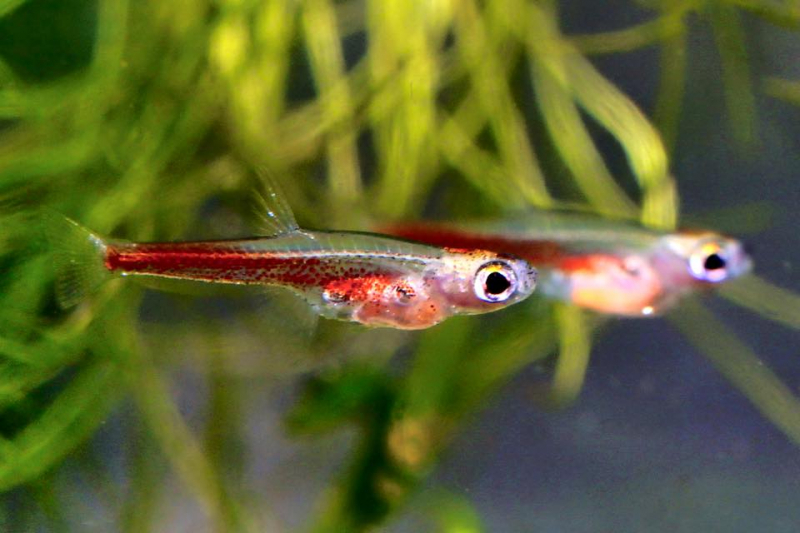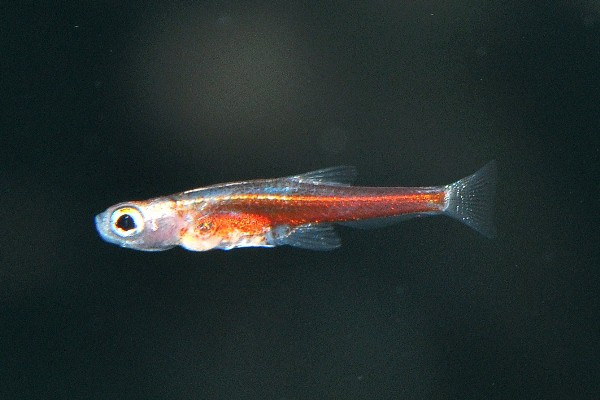Paedocypris

On the Southeast Asian islands of Borneo, Sumatra, and Bintan, streams and marshes are home to the tiny cyprinid fish genus Paedocypris. Prior to the 2012 description of the frog Paedophryne amanuensis, Paedocypris petrogenetic was thought to be the smallest species of fish and vertebrate in the world. The smallest adult female of any other vertebrate species, including those of P. amauensis, is just 7.9 mm in standard length. 10.3 mm is the size of the largest known individual. According to published measurements, male individuals of the anglerfish species Photocorynus spiniceps measure 6.2–7.3 mm at maturity, making them a smaller species.
They retain the postanal larval fin-fold along the ventral border of the caudal peduncle, which is characteristic of fish larvae. Their tiny translucent bodies lack the normal traits diagnostic of adult fish, such as a bony skull structure around its brain. Their sexual dimorphism is distinctive: The pelvic fins of the males are significantly altered, with the first ray ending in a hook-shaped projection of keratinized skin that is maintained by hypertrophy of the pelvic muscle. A keratinized skin pad is also seen in front of the pelvic fins in males. These modified fins may be utilized to hold the female during mating or to maintain position over a spawning surface, according to theory. Members of this genus are habitat specialists that only live in acidic water.











